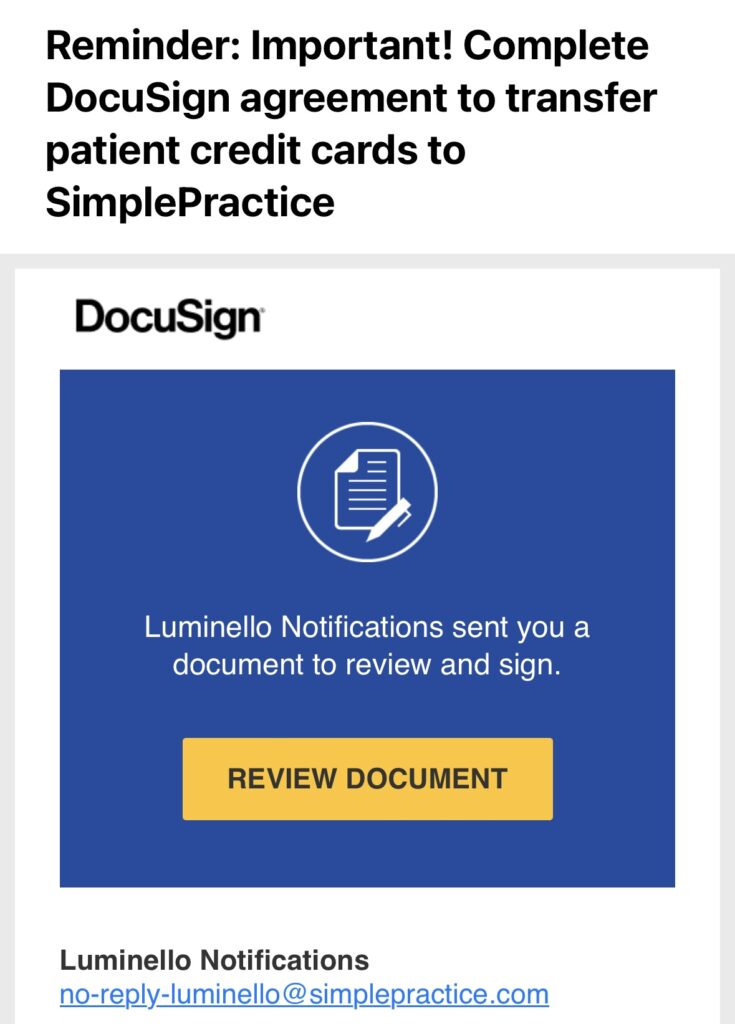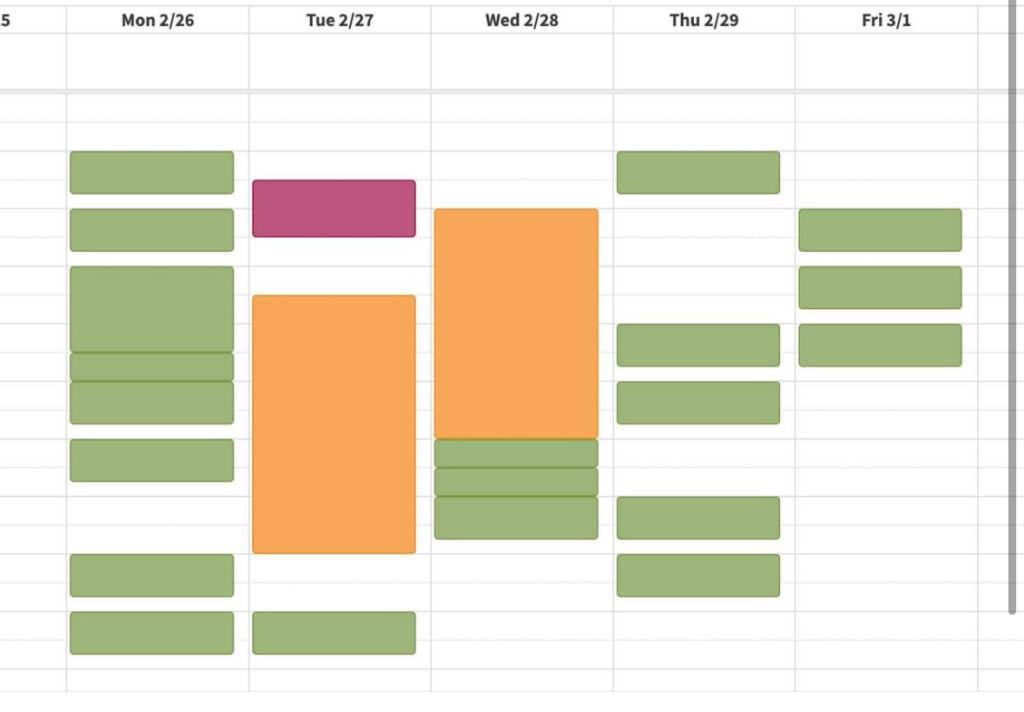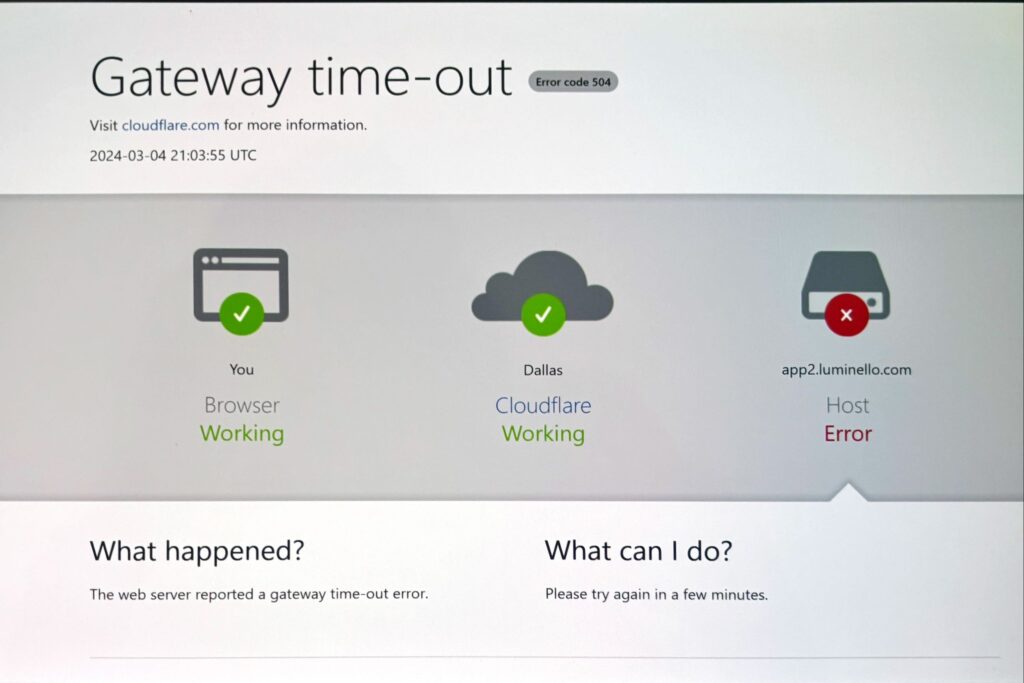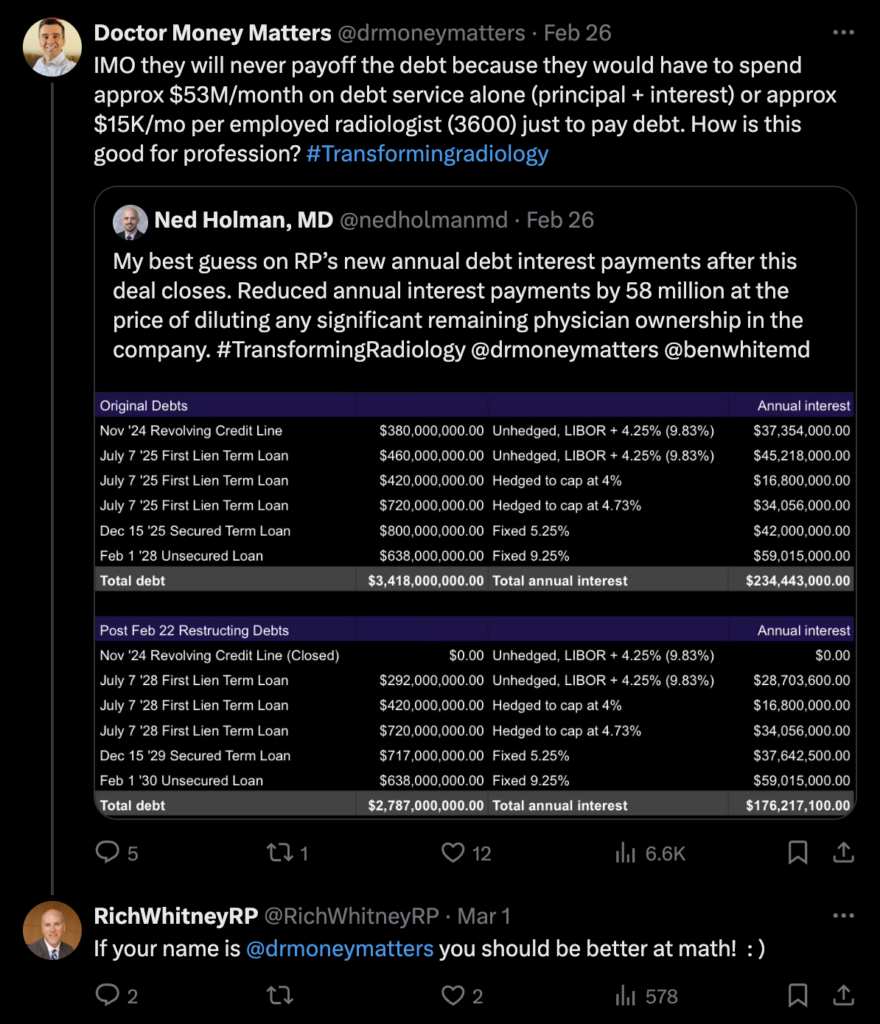When you first get into practice and really want to make a good early impression, you’re going to make some mistakes, and some of them are going to be pretty boneheaded. Everyone has holes in their knowledge, and there are almost certainly things that you should know that you somehow don’t.
Depending on your practice—and how often people see your name—it’s possible you may even burn a bridge or two with an experienced (or headstrong) clinician when you miss some key finding or raise alarm bills that didn’t need to be raised (especially when they end up causing them headaches in counseling their patients or dealing with the ER). You can’t change that first impression, all you can do is learn and improve and do better next time.
The frustrating reality is that an experienced clinician may have less general imaging experience than you do but plenty of targeted experience to answer most of their clinical questions as well if not better than you can when you first get out. Over time though, especially if you practice subspecialized or high-complexity care, you can eventually get to the next level.
With a good feedback loop including clinical follow-up to cement your knowledge, you’ll get more reps per day and spend more time reviewing each case than most clinicians seeing patients can hope to squeeze in. They will always have the patient in front of them and the clinical context that you will lack, so you will need to get better and better and better to become someone who they trust as much as—if not more than—themselves. I won’t pretend to know how many of the clinicians I work with respect me that much.
The End of Training is Just the Beginning
The practical reality is that residency/fellowship training are very important but also not always efficiently structured for practical learning. We tend to focus on the cases that hit the list every day—because there is work to get done—even though they may not be the ones that will teach us the most. We also tend to have research and procedures and other competing interests that distract from raw diagnostic radiology learning. And while reading cases out with an attending means that you get more reps of feedback than when working alone, both that and your limited experience means you will likely read fewer cases per day during training, even as a fellow, than you will as an attending.
For all of these reasons, the first six months (or two years, depending on who you ask) out of training can be a huge source of fear and anxiety but also a huge source of growth (especially if you are in a practice with high-quality colleagues that you can learn from and a healthy environment to get feedback in that will not crush your confidence).
Ultimately, the issue with learning after training is that there is no structure to make you put the extra work in, and you won’t necessarily receive feedback on most of the cases where you have the most to improve.
There’s No Forcing Function for Continuous Improvement
The sources for learning remain essentially the same: double down and read about the things that stress you out or slow you down during the workday, learn from the prior reports (especially when the person who read the case is better than you), and keep adapting your search pattern to incorporate your new knowledge and to address your mistakes.
Sometimes, adjusting your template or creating tailored macros can help you get more mental-checklist reps. For example, someone practicing neuroradiology could create a quick macro “pulsatile” that quickly runs downs the pertinent negatives for causes of pulsatile tinnitus that you invoke when that is the provided history, thereby forcing yourself to actively evaluate those causes on the images, thereby eventually making it an subconscious part of your process.
We could summarize this especially desirable kind of learning as deliberate practice. It’s simple to just get through the stack. Eventually, the muscle routines come no matter what, and you’ll gradually improve over your first five years in practice. But it’s harder to develop purposefully and improve in the specific areas you’re weak in if you don’t take a step back and figure out what are the primary causes of your errors and make sure your learning and working processes specifically address them.
So, The Phone Will Ring
For your entire career, every so often, you’ll receive a phone call asking you to take a “second look” at a case (or just flat out make an addendum). And that’s when you open it and see the obvious miss. Often that’s just human fallibility, but sometimes it will reflect a need to reevaluate your search pattern or recalibrate your chosen spot on the speed-sensitivity curve. That’s how we all (hopefully) get better over time.
Sometimes the finding is a tiny or questionable thing that is really only discernable with clinical context or history. Ideally, you’ll find every tiny Morton’s neuroma or extraforaminal disc protrusion, but sometimes it helps immeasurably to know what the actual history is and where to look. So be it.
And sometimes the doc will tell you what they think, and you’ll look at the images again, and you’ll still think you’re right. Hopefully, you’re humble enough to at least wonder if you could be wrong. That’s where having colleagues you respect can help a lot to be the tiebreaker. And sometimes, yes, the phone call is just a surgeon who wants to operate and needs you to provide an excuse. Even the bad actors can be right, so it still behooves you to treat every request with respect even when the clinician may not be.
This is something we all deal with, and the hardest part of that first year or two can be not taking it too hard. We interpret imaging for so many patients and touch a lot of lives, even though it sometimes doesn’t feel like it.
As much you can, try to remember: The ego matters less than the people behind the pictures.



